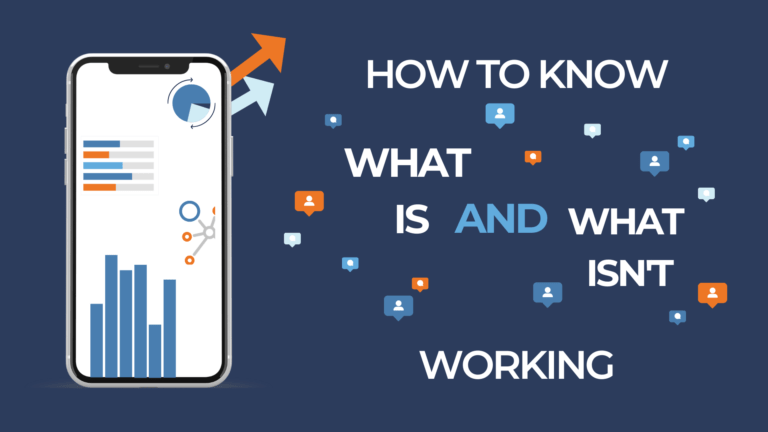Social Media Analytics for Small Businesses
by Claire Doan

Illustration by Haley Watkins
Most businesses produce social media content on several different platforms, employing content strategies on Facebook, Instagram, Twitter, TikTok and several others. With the existence of so many different platforms, it becomes difficult to know what is working with your social media and what is not?
Social media analytics help figure out key information about your social media performance. For small businesses, this is particularly helpful to learn where you should spend your money for higher marketing effectiveness, and to discover valuable insights to leverage your company and products.
What exactly are social media analytics?
Social media analytics are tools that can be used to collect and analyze data related to customers’ engagement with your content. This data includes a variety of information, such as feedback to a product in forms of likes, retweets, clicks, comments or the number of times a consumer engages with a promotional post. Tracking social media analytics also includes social listening (monitoring mentions or discussion of your brand across platforms) to find meaningful consumer insights that can help assess your social media strategies.
What can businesses do with the data collected?
Businesses can analyze the information gathered through social media analytics to gain critical knowledge about consumers’ interests and habits on social media and modify their content accordingly. Social media analytics help you do all the math, while also creating performance reports to share with your team and partners to figure out where you are succeeding and where you are struggling.
Why are social media analytics important?
Business owners can use social media analytics to track how customers feel about their company or products, uncover the conversation between their competitors and consumers–what is being said and how it is being received and spot trends related to brands and offerings as well as potential crises. Most importantly, these tools inform businesses of their target consumer demographic and the most effective touchpoints or digital channels that can reach them.
Social media analytics tips for small businesses:
Set clear goals: It is impossible to measure success if you do not know what success looks like. Therefore, effective social media tracking begins with setting clear goals for your business. What exactly are you trying to achieve? How does success look in terms of metrics and KPIs? Stick to the SMART framework (specific, measureable, attainable, relevant, timebound) for a well-defined goal and use social media analytics to measure how close you are to achieving it.
Use your analytics to drive strategies: Data does not present you with just numbers and charts. It takes the guesswork out of improving content. Tweak your content and see if the changes improve engagement rates. Find what your target audience is interested in and what gets their attention.
Track content performance across channels: Keep an eye on how your content is doing on different channels and platforms and see which one works best. If you have limited time and budget for a social media campaign, focus on one or a few platforms that best reach your target audience and customize your content to suit your audience on these particular platforms. For example, the type of post that wins you thousands of likes on Facebook may not capture as much attention on TikTok.
Optimize post time based on analytics: The time you post your content has a massive impact on your engagement rates and reach. You do not want to create trend-worthy content only for it to get lost in your audience’s feed. Optimal post time is different across social media platforms, so make sure you check before scheduling any future posts.
Optimize ad spending: Paid advertising on social media is gaining popularity in recent years. Before hopping into the trend, you want to ensure you are only boosting content that resonates with your target audience. Start with organic content and use social media analytics to identify high-performing posts. Over time, you will be able to see which type of content appeals the most to your audience and can confidently boost it with ad spend.
